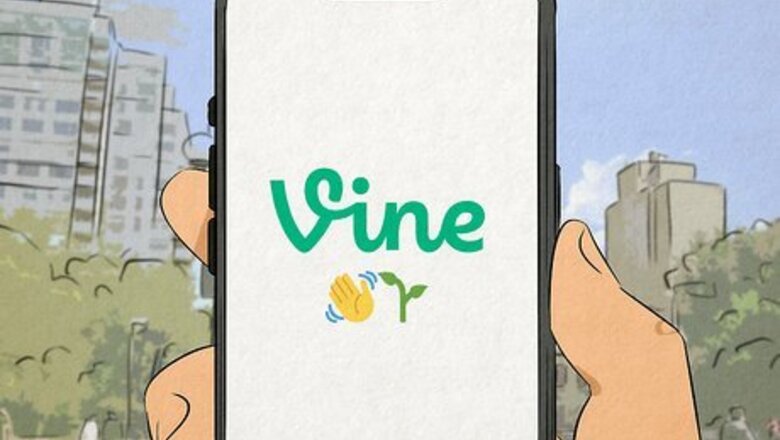
views
- As new competitors emerged, Vine refused to evolve beyond its core six-second looping video format.
- Vine struggled to create opportunities for monetization, causing users to leave for other apps.
- Vine's parent company Twitter shut down Vine in January of 2017.
Vine refused to evolve.
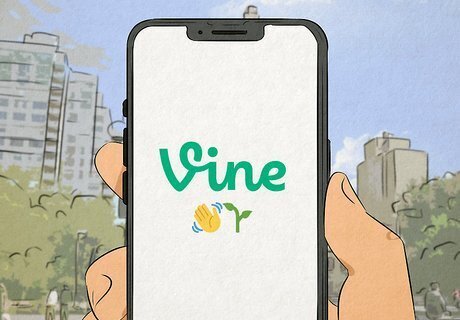
Faced with opposition, Vine remained committed to its six-second looping videos. Although Vine's unique time constraints facilitated creativity amongst its community and launched the app to stardom, there remained a lot of interest in new short-form video formats. The company refused to consider alternatives to its core model and suffered as a result.
Vine lost out to key competitors.

Competitive apps like Instagram and TikTok introduced longer video formats. Instagram was the first Vine competitor to allow its users to record up to fifteen seconds of video, and TikTok soon followed with the approach that has since taken social media by storm. Facebook even banned all Vine content from its platform in an attempt to prioritize its own video content.
Opportunities for monetization on Vine were limited.
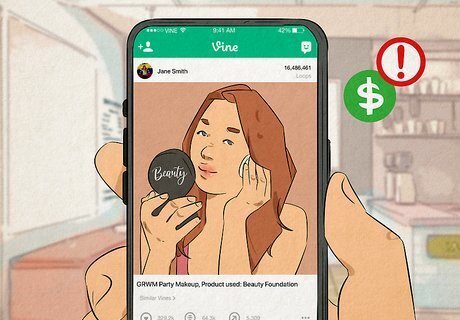
After its initial growth spurt, Vine struggled to create opportunities for monetization. Creators on Vine monetized their content primarily through third-party sponsorships, but Vine failed to implement additional opportunities for creators to make money. Vine similarly struggled to create opportunities for its own monetization. Despite an influx of money from its early growth, Vine never managed to make money thereafter (outside of residuals from creators' external partnerships) and was left with little reason to keep the company running.
Vine faced an ultimatum from its top creators.

Iconic Vine creators like Shawn Mendes, Lele Pons, and the Paul brothers gathered to demand money from Vine. A group of 18 creators banded together to request $1.2 million each from Vine in exchange for them to post 12 Vines a month. Because Vine could not afford this kind of payout, these creators left Vine for other apps, driving away billions of monthly views.
Vine was crowded out by its own parent company.
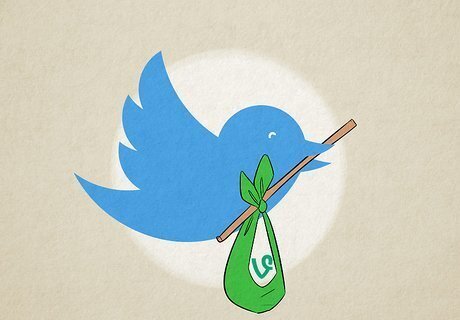
Twitter introduced its own video feature shortly after acquiring Vine. Twitter acquired Vine in 2012 (before Vine even launched) to incorporate its video tools into its own app. The parent company soon saw an opportunity to expand its video presence, and use Vine to prop up the Twitter brand, crowding out Vine in the process. Despite its popularity, Twitter has never been a very profitable business itself. Supporting Vine, therefore, became an unaffordable expense. The company shut Vine down in January of 2017.
Vine experienced severe turnover in its leadership.
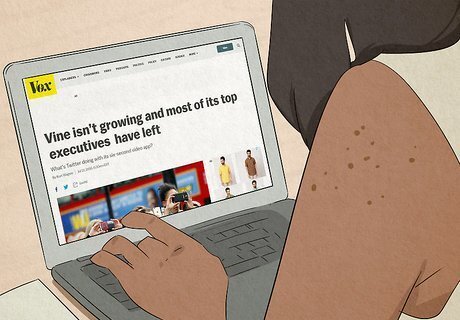
Two of Vine's top executives left in 2014. Even with the company experiencing arguably its best year, general manager Dom Hoffman stepped down in January of 2014. His replacement, Colin Kroll, stepped away after just three months in the role. The last remaining member of the original leadership group, Rus Yusupov, was laid off after Twitter restructured the company in 2015.













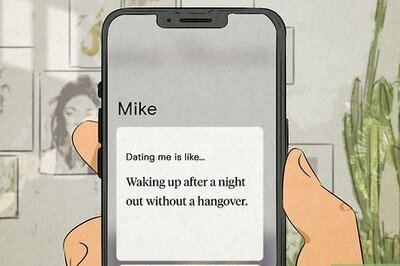



Comments
0 comment